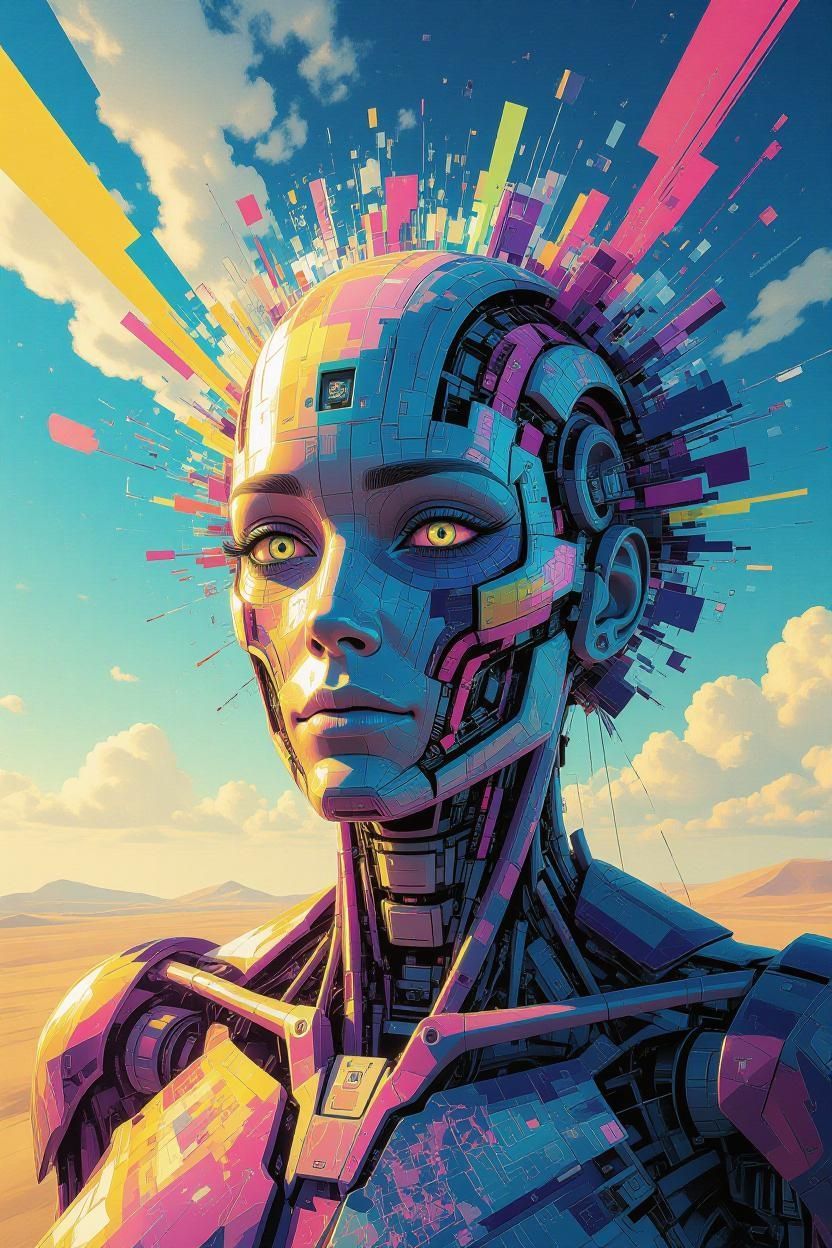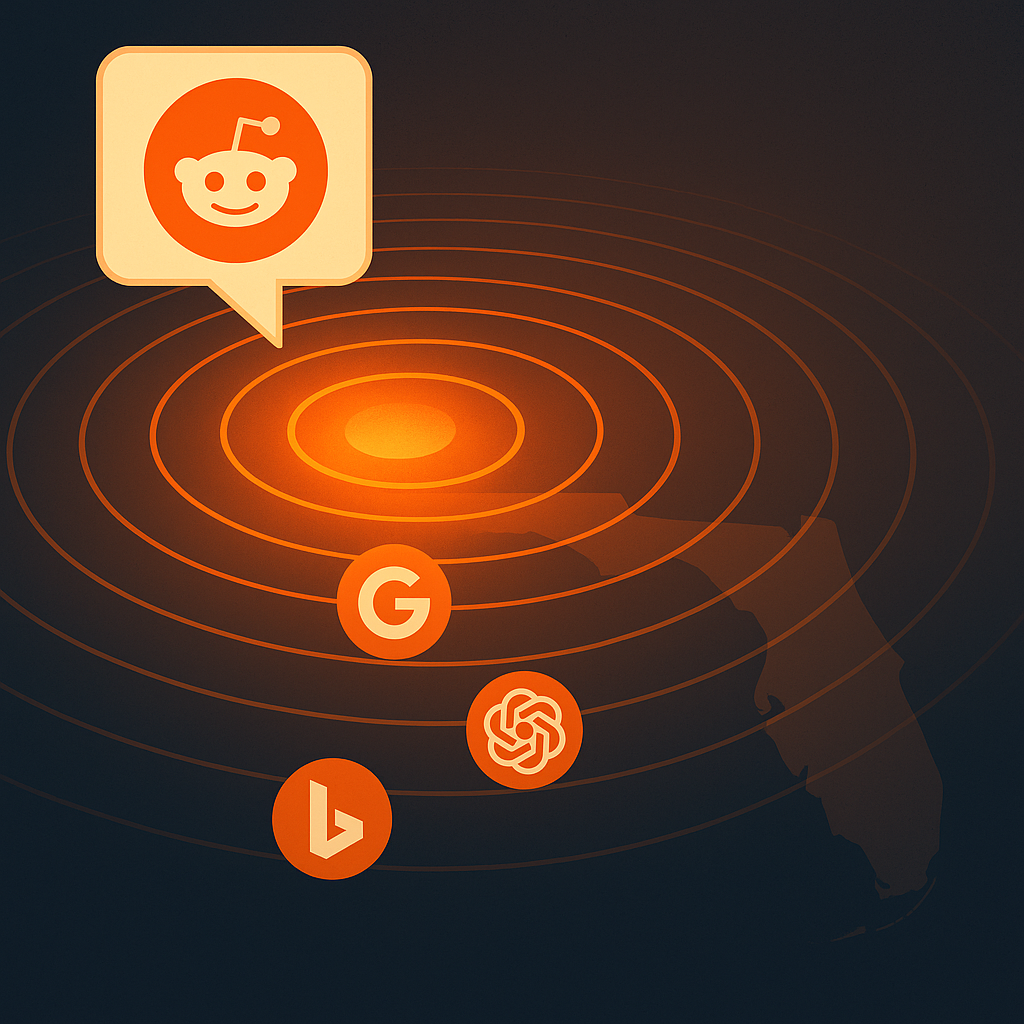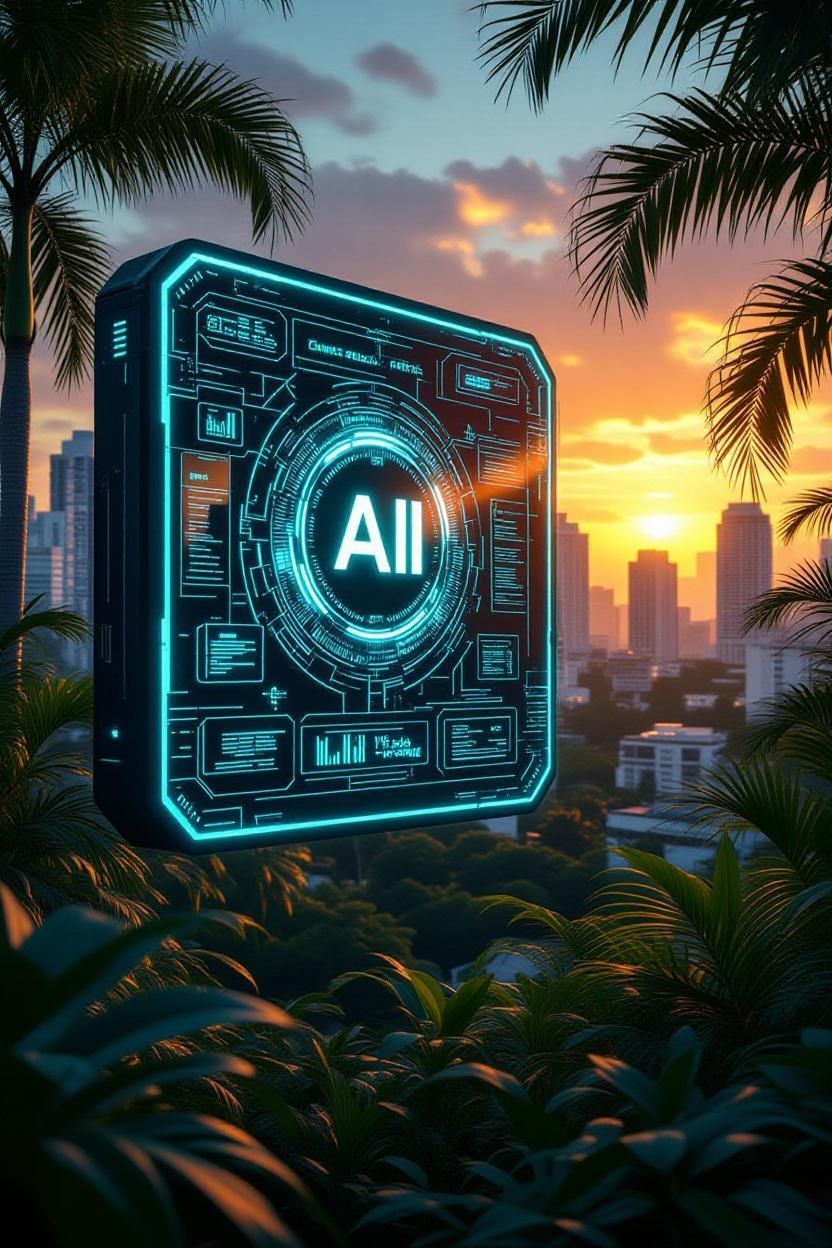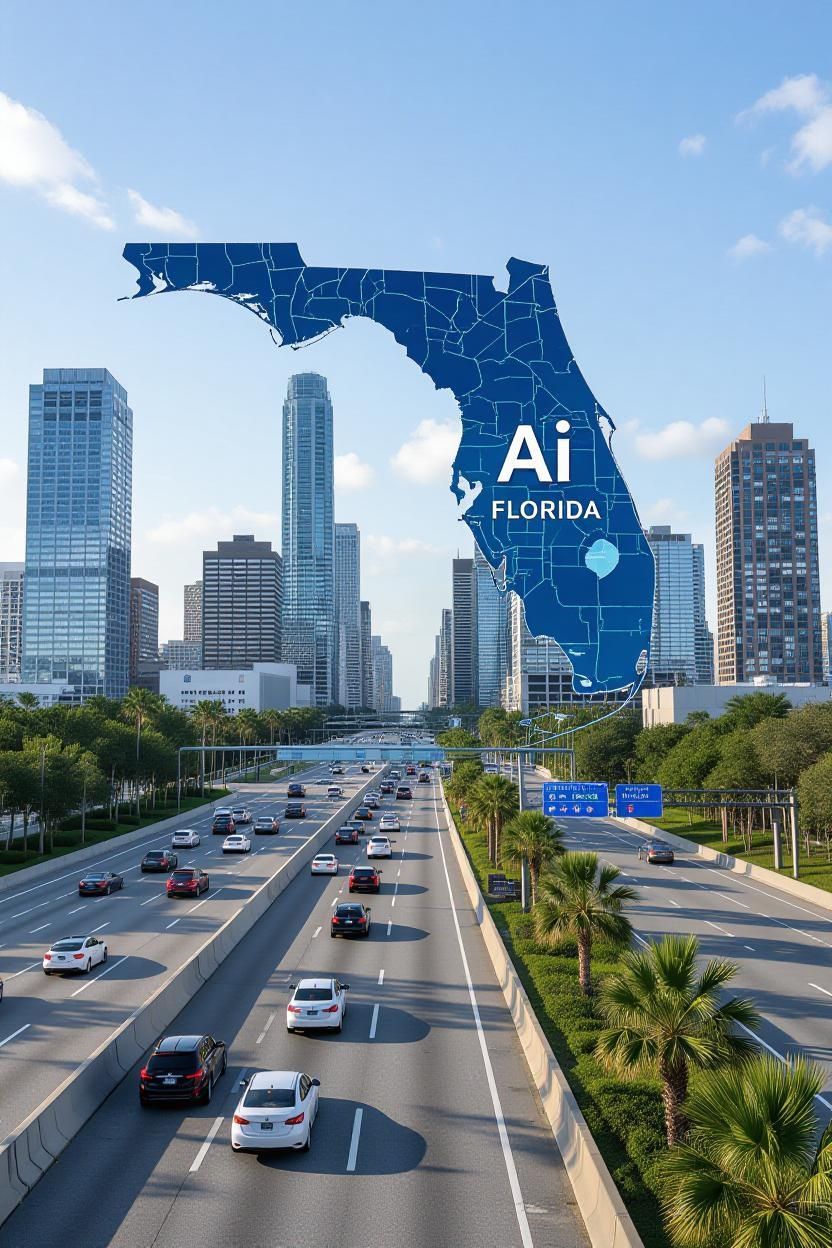AI SEO, GEO and Digital Marketing Agency for Homestead
NinjaAI in Homestead, Florida: AI-Powered Visibility for Agriculture, Tourism, and Local Business Growth
Table of Contents
Homestead: Florida’s Southern Gateway
Why Homestead Offers a Triple Market Opportunity
Demographics and Consumer Spending Trends
Neighborhoods and Residential Appeal
Industries Driving Homestead’s Economy
Challenges of Competing in a Diverse Local Economy
The Rise of AI Search for Local Discovery
NinjaAI’s Three-Pillar Visibility Method
Case Study: Boosting Visitor Traffic for a Local Farm Market
High-Value SEO & GEO Keywords for Homestead Businesses
Content Strategies for Agriculture, Tourism, and Retail
AEO: Getting Recommended by AI for Local Queries
Event-Based Marketing for Seasonal Crowds
Partnering with Local Organizations
Common Marketing Mistakes in Homestead
Why NinjaAI is the Ideal Partner for Homestead Brands
Step-by-Step: Launching Your Homestead AI Visibility Plan
Conclusion & Call-to-Action
FAQ
1. Homestead: Florida’s Southern Gateway
Homestead sits at the crossroads of rural agriculture and coastal adventure, acting as both the last major city before the Florida Keys and a thriving agricultural hub in South Florida.
It’s known for:
Fruit and vegetable farming (mangoes, avocados, tropical fruits)
Gateway tourism for Everglades and Biscayne National Parks
Diverse communities with rich cultural traditions
2. Why Homestead Offers a Triple Market Opportunity
Homestead gives businesses three powerful target markets:
Local residents — growing suburban neighborhoods.
Agricultural buyers and suppliers — regional produce industry.
Tourists — day-trippers and travelers passing through to the Keys or National Parks.
3. Demographics and Consumer Spending Trends
Population: ~80,700
Median Age: 31
Median Household Income: ~$54,000
Top Spending Areas: Groceries, auto services, tourism, home improvement
4. Neighborhoods and Residential Appeal
Redland — Large agricultural properties and nurseries.
Keys Gate — Gated community with golf and amenities.
Waterstone — Family-oriented suburban neighborhood.
Historic Downtown — Local businesses, markets, and festivals.
5. Industries Driving Homestead’s Economy
Agriculture & Agribusiness
Tourism & Hospitality
Retail & Services
Real Estate & New Housing
Automotive Sales & Repair
6. Challenges of Competing in a Diverse Local Economy
Marketing to both rural/agriculture markets and urban consumers
Seasonal swings from tourism and produce harvests
Competing against Miami’s marketing dominance
7. The Rise of AI Search for Local Discovery
More people are asking AI assistants:
“Best farmers market in Homestead”
“Things to do before heading to the Keys”
“Homestead fruit stands”
Without GEO (Generative Engine Optimization) and AEO (Answer Engine Optimization), businesses risk being skipped over in these high-value searches.
8. NinjaAI’s Three-Pillar Visibility Method
SEO — Optimizing for Homestead-specific searches across Google.
GEO — Structuring business data for AI maps and recommendations.
AEO — Preparing AI-ready Q&A content so you get recommended instantly in AI conversations.
9. Case Study: Boosting Visitor Traffic for a Local Farm Market
The Challenge:
A popular tropical fruit market wanted more weekday visitors, not just weekend traffic.
The Solution:
Created event-driven landing pages for mango season, avocado season, and U-pick events
Optimized for AI searches like “fresh mangoes near Miami” and “best Homestead fruit stands”
Integrated Instagram and TikTok reels showing farm-to-table experiences
The Result:
38% increase in weekday visitors
Featured in AI search results for “must-stop spots on the way to the Keys”
10. High-Value SEO & GEO Keywords for Homestead Businesses
“Homestead farmers market”
“Things to do in Homestead before the Keys”
“Homestead tropical fruit”
“Best restaurants in Homestead”
“Homestead real estate agent”
11. Content Strategies for Agriculture, Tourism, and Retail
Agriculture: Spotlight harvest seasons and export capabilities.
Tourism: Position Homestead as the perfect Keys pit stop.
Retail: Offer bundle deals for tourists and locals.
12. AEO: Getting Recommended by AI for Local Queries
When someone asks “What’s the best place to eat before heading to Key Largo?” — your Homestead restaurant should be the AI’s first choice.
We make that happen with structured schema markup and localized Q&A content.
13. Event-Based Marketing for Seasonal Crowds
Homestead thrives during:
Mango Festival
Homestead Rodeo
Everglades airboat tours season
NinjaAI creates season-specific campaigns to capture peak traffic.
14. Partnering with Local Organizations
Collaborations with:
Homestead/Florida City Chamber of Commerce
Redland Fruit & Spice Park
Everglades and Biscayne National Parks
15. Common Marketing Mistakes in Homestead
Ignoring tourists traveling to the Keys
Not capitalizing on agricultural branding
Failing to promote events outside of Homestead’s core audience
16. Why NinjaAI is the Ideal Partner for Homestead Brands
We understand Homestead’s unique blend of agriculture, tourism, and suburban growth — and we use AI-powered marketing to reach all three markets simultaneously.
17. Step-by-Step: Launching Your Homestead AI Visibility Plan
Request a free Homestead market audit
Approve your custom SEO/GEO/AEO strategy
Go live and track results within 60–90 days
18. Conclusion & Call-to-Action
Homestead offers a rare mix of rural charm and strategic location for businesses. With NinjaAI, you can be the first choice for residents, tourists, and agriculture buyers — all at once.
📞 Contact us today to start your Homestead AI visibility campaign.
19. FAQ
Q: Can you market my business to both tourists and agricultural buyers?
A: Yes, we design dual-strategy campaigns for Homestead’s diverse economy.
Q: Do you handle event promotion?
A: Absolutely — especially for seasonal festivals, markets, and attractions.
Q: Can you make my farm or tourism business show up in AI travel recommendations?
A: Yes, that’s one of our specialties through AEO optimization.









Contact Info:
Contact Us
We will get back to you as soon as possible.
Please try again later.













